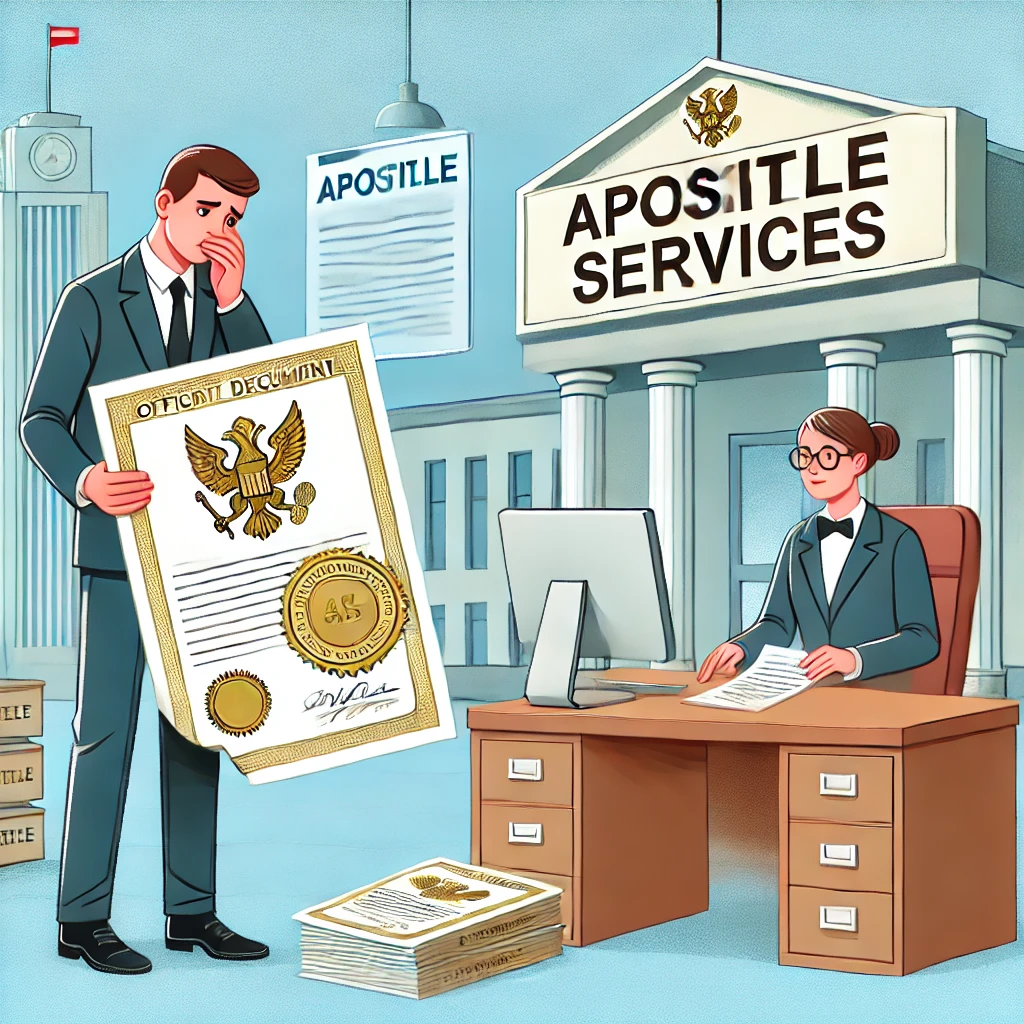Losing or damaging an apostille can be a significant concern, especially since it is a crucial certification used to authenticate documents for international use. An apostille verifies the authenticity of the signature, seal, or stamp on a document, ensuring its recognition in member countries of the Hague Apostille Convention. Here's a detailed guide on what to do if you find yourself in such a situation.
Understanding the Importance of an Apostille
An apostille is essential for various legal, educational, and business processes. For instance, it may be required when applying for a job abroad, getting married in another country, or conducting international business. Given its importance, it's crucial to handle apostilled documents with care.
Immediate Steps to Take
- Assess the Damage or Loss:
- If the document is damaged but still legible, determine the extent of the damage. Minor wear and tear may not affect its validity, but significant damage might require action.
- If the document is lost, try to recall where and when you last had it. This might help in recovering it.
- Contact the Issuing Authority:
- Reach out to the office or agency that issued the apostille. They can provide guidance on the next steps. In Canada, this will be either Global Affairs Canada or the provincial authority. Outside Canada it will be the governmental body in the country where the document was originally apostilled.
- Prepare Required Documentation:
- Be ready to provide identification and any relevant details about the original apostille, such as the date of issue and the document it was attached to. This will help the issuing authority locate the original record.
Obtaining a New Apostille
If the original apostille is irreparably damaged or lost, you will need to obtain a new one. Here's how:
- Get a New Certified Copy:
- Obtain a new certified copy of the original document. This may involve contacting the institution that issued the original document, such as a university for a diploma or a government agency for a birth certificate.
- Submit the Document for Apostille:
- Once you have a new certified copy, submit it to the appropriate authority for a new apostille. This process typically involves filling out a form, paying a fee, and providing identification.
- Follow Up:
- After submission, follow up with the issuing authority to ensure the process is moving forward. Processing times can vary, so staying in contact can help expedite the process if needed.
Preventive Measures for the Future
To avoid the hassle of replacing an apostille in the future, consider these preventive measures:
- Make Copies:
- While copies of the apostille itself are not valid, having copies of the document it was attached to can be helpful for reference.
- Store Safely:
- Store apostilled documents in a secure, waterproof, and fireproof location. Consider using a safe or a secure document storage service.
- Digital Backups:
- Scan and save digital copies of all important documents. While digital copies of apostilles aren't legally valid, they can serve as a reference in case of loss or damage.
Conclusion
Losing or damaging an apostille can be stressful, but by acting promptly and following the proper steps, you can obtain a new one. Remember, the key is to stay organized and keep important documents safe to avoid future issues. If you ever find yourself in this situation, contact the issuing authority immediately and follow the necessary procedures to secure a new apostille.


